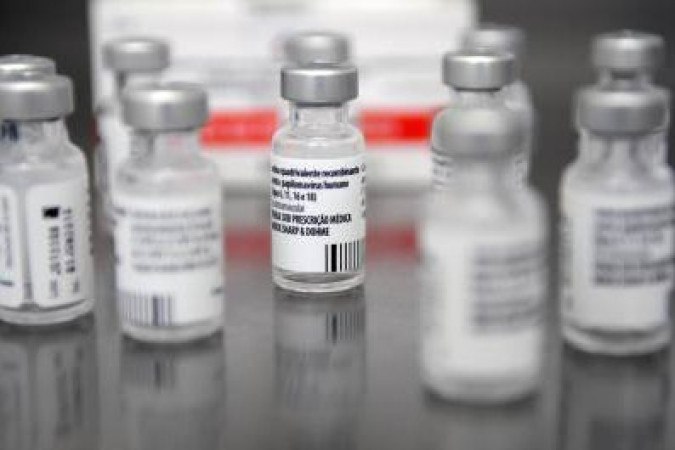Posted 3/26/2023 4:34 PM / Updated 3/26/2023 5:10 PM
(Credit: Gabriel Jabur/Agencia Brasília)
Based on the records of the National Immunization Plan (PNI), a study by the Cancer Foundation found that all human papillomavirus (HPV) vaccination rates are lower than those recommended by the World Health Organization (WHO).
The vaccine, which is distributed free of charge by the Unified Health System (SUS), to the age group from 9 to 14 years, to boys and girls, is the most effective way to combat uterine cancer in women. The document came to draw attention to the World Day for the Prevention of Cervical Cancer, Sunday (26/3).
Overall, Brazil has low adherence to the second dose of immunization across the country. The mean is 75.8% in the first dose and 57.4% in the second dose for females and 52.2% in the first dose and 36.5% in the second dose for males. However, in the North region, the lowest adherence was found, and for re-dose immunization, the situation worsened.
Roraima had the highest vaccination coverage among the female population and Acre the lowest, with less than 40% in the first dose and just over 25% in the second. For boys, adherence was highest in Tocantins, reaching nearly 60% at the first dose.
On the other hand, the southern region is the champion in high rates of vaccination against this virus. Overall, vaccination coverage was approximately 88% in the first dose and 62% in the second dose.
population knowledge
The data shows a lack of ignorance for both children and adolescents and parents or guardians. Practically half of the public who should take the vaccine do not know exactly how many doses. Between 26% and 37% are unaware of prevention; And 82% believe it protects against other sexually transmitted infections (STIs). Another misinformation is that it can encourage early sexual initiation (between 35 and 47%).
Among parents and guardians, 46% did not know the correct number of doses, 61% did not know the target group and 74% thought it protected against STDs. Among health professionals, almost half (49%) do not consider themselves responsible for educational procedures.
The study indicates an urgent need for strategic action by managers to adjust discrepancies and media. Otherwise, it will not be possible to eradicate the disease from the country. It concluded, “The research demonstrated unsatisfactory knowledge regarding safety, efficacy, target population, and number of vaccine doses, being necessary to overcome identified information barriers.”
According to the publication, the incidence of cervical cancer in Brazil is 49 per 100,000 women between the ages of 25 and 64. Picture of cervical cancer in Brazil. The highest rate is in the North region, where 76 new cases were diagnosed per 100,000 women. This percentage, for example, is more than double that of the Southeast (just over 35%).
mobile news
Receive the latest news published by Brazilian Post. It’s free. Click here and join the community mailone of the innovations launched by WhatsApp.
Give your opinion
a mail There is space in the print edition to post readers’ opinions. Letters must contain a maximum of 10 lines and include the name, address and telephone number of the email [email protected].

“Writer. Analyst. Avid travel maven. Devoted twitter guru. Unapologetic pop culture expert. General zombie enthusiast.”

